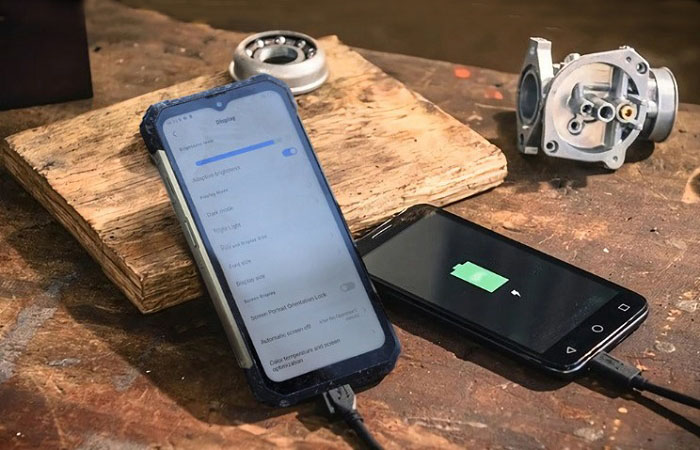How 5G Will Revolutionize Remote Surgery?

What is the difference between 4G and 5G? With the popularization of 5G smartphone around the world, the most obvious changes we can feel on 5G phones are: Faster download speeds, lower latency, more reliable connections, and more capacity. That's one of the reasons that so many rugged phone lover choose the 5G rugged smartphone such as Blackview BL8800 Pro and BL6000 Pro. However, the 5G technology is not only appear in the smartphone area.
5G is the fifth generation of cellular network technology. It is designed to offer faster speeds, lower latency, and increased capacity than previous generations of cellular networks. These improvements have the potential to revolutionize a number of industries, including healthcare.
One of the most promising applications of 5G in healthcare is remote surgery. Remote surgery is a minimally invasive surgical procedure that is performed by a surgeon who is located in a different location than the patient. The surgeon uses a robotic arm and high-definition cameras to control the surgical instruments.
5G can improve the quality of remote surgery in a number of ways. First, the increased speeds and capacity of 5G will allow for the transmission of high-definition video and data in real time. This will give the surgeon a clear view of the surgical site and allow them to make precise movements. Second, the lower latency of 5G will reduce the lag time between the surgeon's movements and the robotic arm's movements. This will improve the surgeon's ability to control the robotic arm and make precise movements.
As 5G networks continue to roll out, they will make remote surgery more accessible and affordable. This will have a major impact on healthcare, as it will allow surgeons to perform surgery on patients who are located in remote areas or who have difficulty traveling. 5G will also make it possible for surgeons to collaborate with each other on complex surgeries. This will improve the quality of care that patients receive and save lives.
Here are some of the benefits of using 5G in remote surgery:
- Improved image quality: 5G can provide surgeons with real-time, high-definition images of the surgical site. This allows them to make more precise incisions and movements.
- Reduced latency: 5G has lower latency than previous generations of cellular networks. This means that there is less delay between the surgeon's movements and the robotic arm's movements. This allows for more precise control of the robotic arm.
- Increased bandwidth: 5G has increased bandwidth than previous generations of cellular networks. This allows for the transmission of more data in real time. This is important for remote surgery, as it allows for the transmission of high-definition video and data.
Overall, 5G has the potential to revolutionize remote surgery. It can improve the quality of care that patients receive, save lives, and make remote surgery more accessible and affordable.





